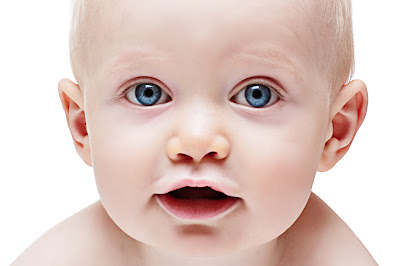In the previous post, we discussed Low Key Photography where in shadows were one of the prime elements in the composition and high contrast was the name of the game. Low key photographs are often very dramatic and do convey a lot of atmosphere and tension. Now let us take a look at the alternative, or the opposite technique to low key photography.
 |
| Photo By Jo_vh |
High key photography has its origins rooted in the technological limitations of film and television in their earlier stages of development. Early film and television sets had trouble dealing with high contrast situations and in order to overcome this, filmmakers came up with high key lighting techniques. This later evolved into more of a stylistic choice and is extensively used mainly to suggest an upbeat mood.
Looking at a high key picture, one would immediately notice certain things;
- The picture looks bright
- Lack of contrast
- Lack of shadows
 |
| Photo By Russrobinson |
High key pictures look bright as exposure levels are usually set to high values bordering overexposure. Low contrast is achieved by the lighting setup and shadows are either suppressed or completely eliminated by fill lights.
High key photography is most commonly used when one desires to convey a positive or upbeat tone. It is perfect for subjects such as model photography, flowers and other subjects that are relatively lighthearted, beautiful or feminine in nature. But it can also be manipulated to communicate a number of other moods, emotions and concepts such as in product photography. High key images really highlight the product being shot and thus helps grab the consumer’s attention. Psychologically products shot on white suggest high quality and an upscale nature.
High Key Lighting
When compared to low key lighting, high key lighting is a bit more complex, usually involving more studio gear and employing more number of lights than it is often used for low key work.
 |
| Photo By Dragon762w |
High key lighting is achieved by providing flat lighting with little or no shadows and that includes the background too. In order to make high key photographs one need to take special care of lighting the background. Exposure levels are increased taking care just not to overexpose so as to burn highlight areas. It is to be noted that flat lighting combined with high exposures tend to decrease saturation and so colors appear paler than normal.
 |
| Photo By Davidclow |
It is recommended to avoid deep shadows and dark tones while attempting high key photography, work with generous lighting fill in the shadows with light, making use of overall shape and contours rather than textures and fine details.
 |
| Photo By Aleximages |
The major advantage of high key lighting over other lighting methods is that in high key setup constant adjustments to light ratios between exposures is seldom required. And on the downside one cannot highlight certain portions of the image to draw attention to it and to add drama as in case of low key lighting setups.
In the next article we will discuss about Photography - Photography Techniques - Making Stitched Panorama
Post a Comment